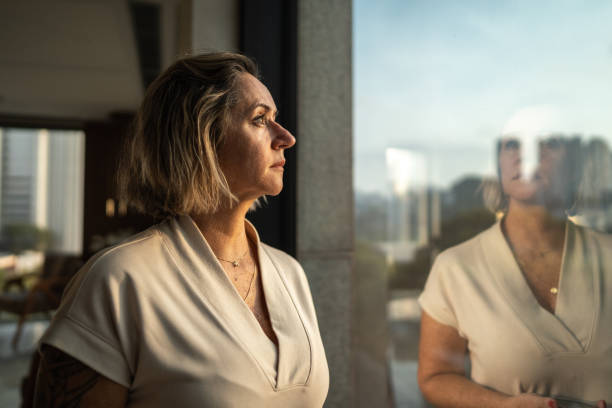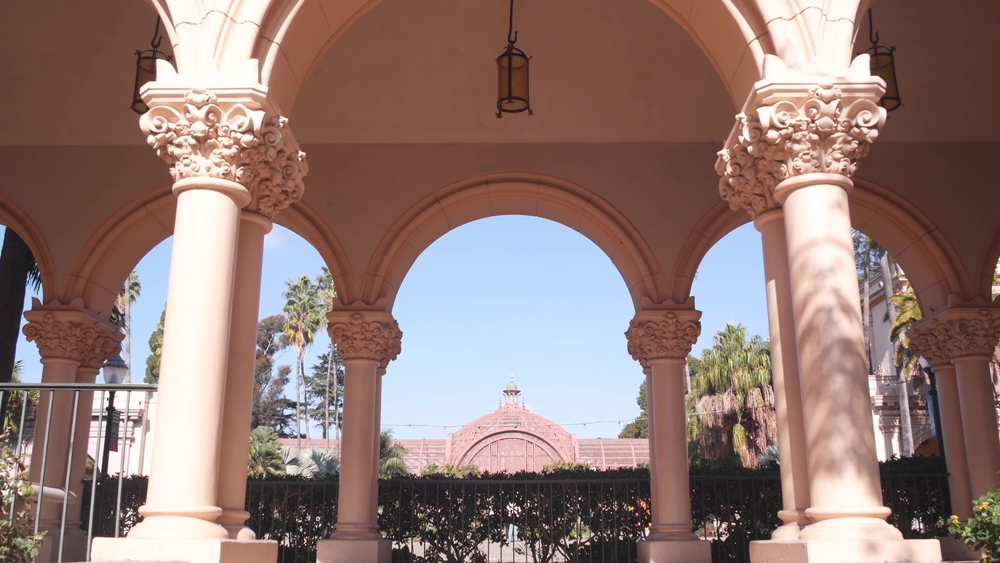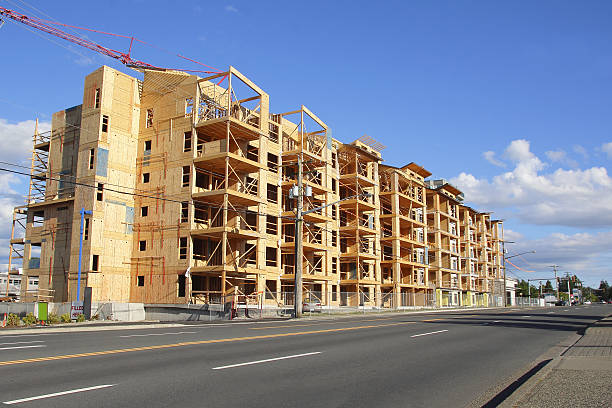In Los Feliz, a storied neighborhood of Los Angeles, a grand Spanish Colonial mansion has just hit the market. The asking price? $21.5 million. That number is eye-catching. But the story behind the walls is more than just a real-estate headline.
Table of Contents
ToggleThis is not just any house. It belongs to Lydia Hearst and Chris Hardwick. Lydia is a Hearst heir — a descendant of William Randolph Hearst. The property is rich in legacy, architecture, and drama. Its new price tag invites questions — about value, prestige, and the changing face of old wealth in L.A.
Let’s walk through what this listing means, how it compares to the past, and what it says about luxury real estate today.
The Basics: What’s On Offer
A House Built for Grandeur
- The residence is known as the Victor Rossetti Residence, named after an early owner.
- It was built in the 1920s and designed by Paul R. Williams, one of L.A.’s most celebrated architects. (Los Angeles Times)
- It sprawls nearly 9,000 square feet.
- Inside: 10 bedrooms and 11.5 bathrooms.
- It features ornate ironwork, stained-glass windows, coffered ceilings, wood-paneled rooms, a wine cellar, even a hidden bookshelf door.
- Outside, the grounds stretch over one acre. There’s a garden, koi pond, citrus grove, guesthouse, pool, and pool house.
In short: this is a “wow” property. A showpiece. A statement.
Ownership and Lineage
- Lydia Hearst and Chris Hardwick purchased the home about a decade ago for $11 million.
- The Hearst name already carries weight in California history — think Hearst Castle and media empires.
- Their holding of this property ties past and present: old money meets modern celebrity.
The Price & Its Place in L.A.
Is $21.5 Million Justified?
When a house asks $21.5 million, you expect extravagance. And Los Feliz isn’t normally the domain of ultra-luxury homes. That territory is often Beverly Hills, Bel-Air, Brentwood — the areas west of the 101 Freeway.
Still, Los Feliz has seen its share of big deals.
- The record for the neighborhood was set when Lydia and Chris bought it at $11 million.
- But that record has since been topped. For example, Angelina Jolie bought the DeMille estate for $24.5 million in 2017.
- Brad Pitt sold a Craftsman compound recently for $39 million.
So, while $21.5 million is bold, it sits within a context of escalating luxury in L.A.
Still, the question lingers: will the market bite?
Market Dynamics & Risks
I see several forces at work that could either support or sink the deal:
- Scarcity: Homes like this, with historical pedigree and architectural significance, are rare. Collectors and luxury buyers prize them.
- Maintenance burden: Properties this large and bespoke come with high upkeep — gardens, plumbing, restoration, security.
- Economic headwinds: Luxury real estate depends on wealth being abundant and mobile. If markets fumble or lending tightens, fewer buyers will move.
- Neighborhood appeal: While Los Feliz is desirable — near studios, good food, views — buyers chasing ultimate exclusivity might still gravitate to the “big name” enclaves.
Given all that, the $21.5 million ask feels ambitious — but not entirely disconnected from reality.
Victor Rossetti Residence: $21.5M Los Feliz Luxury Estate
Owned by Lydia Hearst & Chris Hardwick · Designed by Paul R. Williams
Design
Sq Ft
11.5 Baths
Lot
Summary: The historic Victor Rossetti Residence blends Spanish Colonial architecture with celebrity heritage. Listed for $21.5 million, it reflects Los Feliz’s rise in the L.A. luxury market and renewed demand for architecturally significant estates.
- Architectural heritage: Paul R. Williams
- Ownership legacy: Hearst family
- Market position: Iconic luxury listing
Tags: Victor Rossetti Residence, Los Feliz, Lydia Hearst, Paul R. Williams, Los Angeles Mansion, Luxury Estate
The Architecture: Why It Matters
I don’t believe in paying for names alone. What sells me is substance — design, craftsmanship, uniqueness. This house delivers.
Paul R. Williams is a draw. He was a prolific Black architect in a segregated era, and his work is woven into L.A.’s identity. The fact that this home carries his stamp gives it cultural weight.
Inside, the features are not gimmicks. The bookstore door, the stained glass, the woodwork — these are things that take vision and years of care. They tell stories. They invite you to feel a connection, rather than simply see square footage.
In real estate, the difference between a house and a landmark often lies in those details. And this one qualifies.
What This Sale Says About Wealth & Identity
I think there’s symbolic weight in this listing. It’s not just a property — it’s a statement of legacy and relevance.
Legacy vs. Fluid Wealth
Hearst’s empire is rooted in legacy media, printed newspapers, and old wealth. These days, fortunes are made in tech, entertainment, social media. The sale of this home feels like a bridge between eras — a way to cement that legacy into the 21st century.
It also shows confidence in permanence. Rather than turning real estate to liquid assets or diversifying out of homes, they are placing faith in real property as a safe harbor.
Identity & Prestige
What buyer will take this on? Someone who wants not just a house, but a narrative. A sense of prestige. A slice of history. To live in these walls is to join a lineage — of design, of power, of cultural memory.
It’s almost performative. But in this market, that might be exactly what you want: authenticity, story, and mortar.
Will It Sell? My Take
At $21.5 million, I believe this home can sell — but not easily, and not quickly.
Here’s my prediction:
- Initial resistance: It may sit on the market for months, or even a year, while the sellers test the waters.
- Price adjustment: I expect offers below ask. Negotiation downward is almost certain.
- Ideal buyer: A deep-pocketed collector, someone already embedded in L.A. real estate, or a buyer with taste for history and architecture.
The one thing working in the sellers’ favor is prestige. If you own a Williams, a Hearst, or a storied house — that pulls attention, and attention sells.
Buyer’s Checklist: What You’d Want to Know
If I were that potential buyer touring the house, these are the red flags I’d probe:
- Structural health: age means wear. Foundations, roofs, drainage must be flawless.
- Restoration records: have key elements been preserved or rebuilt? How much authenticity remains?
- Maintenance costs: heating, cooling, garden, security — all huge line items.
- Zoning & historic rules: as a landmark property, alterations might face restrictions.
- Water, utilities, and infrastructure: the plumbing, wiring, drainage — are they modern or cobbled over decades?
If the numbers don’t add up — if upkeep dwarfs the value — even the most beautiful home can become a white elephant.
Broader Trend: When Homes Become Icons
This listing is part of a larger shift in luxury real estate. Big homes are no longer just shelters. They’re cultural artifacts. They’re museum-pieces you live in.
We see this with celebrity homes, architect-designed houses, and mansions that double as stories. It’s not just square footage that matters — it’s the narrative, the provenance, the aura.
In such a market:
- Scarcity and identity add premium.
- Restoration and authenticity carry value beyond materials.
- Cultural capital becomes part of price.
This means that homes like the Hearst-Hardwick listing will always be niche. Not every buyer wants a legacy. But for those who do — they’ll pay.
What It Means for L.A.
This sale matters locally, not just for the sellers. It tells us something about L.A.’s luxury threshold, its evolving neighborhoods, and how we value our architectural past.
- Los Feliz is entering the club of ultra-luxury neighborhoods, if it hasn’t already.
- Historic homes can still command top dollar — if they’re treated right.
- The luxury market is showing that identity, narrative, and design matter more than pure “amenities.”
In Los Angeles, where image and story are currency, that matters.
Final Thoughts
A home like the Victor Rossetti Residence doesn’t come around often. This is more than a property listing. It’s an offer to own history, to step into a tradition, to carry a name.
But prestige doesn’t guarantee a deal. The $21.5 million price is bold. It reflects ambition, not restraint. The real test will come when the offers roll in.
If the home sells near ask, it will validate the gamble. If it doesn’t, it will remind us that even the greatest houses must live up to the market.
Either way, this is a listing worthy of attention. Because in Los Angeles — where dreams, legacies, and architecture collide — a house like this is a headline.
Follow our blog for more insightful Los angeles real estate news. Reach out to our consultant at






